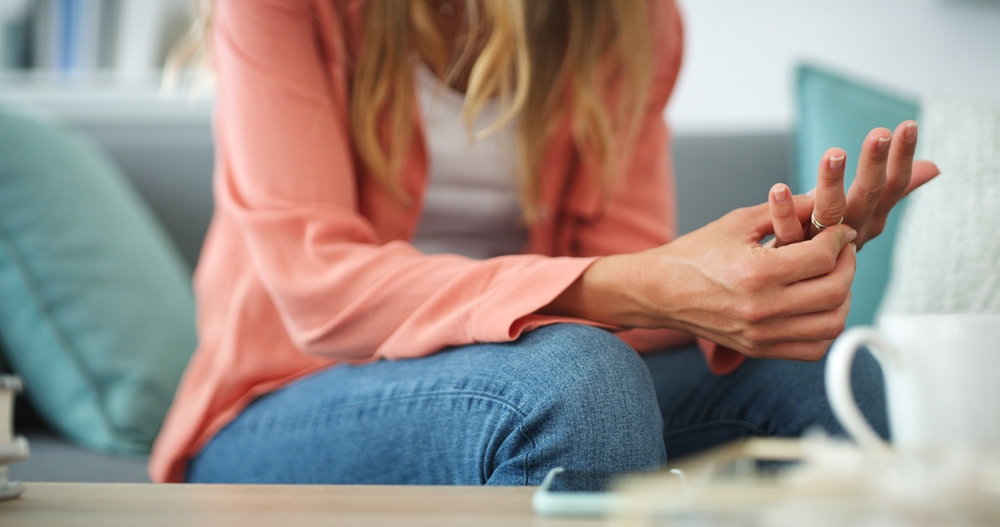Benefits of Anxiety Rings, Explained by a Therapist
With the stresses of everyday life getting on top of people, anxiety is on the rise in the UK. Research states that 60% of adults experience anxiety that regularly gets in the way of their everyday lives.
There are lots of things that are used to combat anxiety, from therapy to mindfulness. However, more recently, anxiety rings have been rising in popularity, with Google searches up 45% in the past month in the UK, as people look to take control over their anxiety.
But what are anxiety rings, and can they actually be beneficial for managing symptoms of anxiety?
Not On The High Street, a UK marketplace that connects customers with over 5,500 curated small brands, designers, and curators, has spoken exclusively with qualified psychotherapist Eloise Skinner to learn more about how they work.

What are anxiety rings?
According to Anna Ross, Curation Manager at Not On The High Street, anxiety rings are a new jewellery phenomenon that offers a discreet and stylish way to handle everyday stress.
“Anxiety rings, or fidget rings, are designed to act as a distraction when you’re feeling anxious throughout the day. Much like fidget toys, they can help you become more present and focused when you’re beginning to feel overwhelmed. The best thing about anxiety rings is that they can look really cool and fit in with the rest of your jewellery stack, too, making them perfect for blending in if you don’t want to wear something obvious or that makes you stand out from the crowd.”
What are the benefits of anxiety rings?
According to Eloise, there are many potential benefits to anxiety rings.
“Anxiety rings are typically designed to help with anxiety-driven physical behaviours, such as fidgeting, picking, pulling, biting, or restlessness. They can come in various styles and designs, but usually work to redirect the focus away from anxious thoughts or obsessive tendencies, and provide the user something physical to engage their mind with – the rings usually have tactile or spinning functions, allowing the user to engage their hands or fingers in an activity.
In general, this would be considered to be short-term or situational relief from anxiety, rather than addressing any core issues, which would still require support through therapy or other mental health practices. But it can be helpful to have something to bring your mind fully into the present moment, which can also often have beneficial impacts on the body, such as a lowering of your heart rate, or reducing physical tension, and can also help you feel more grounded and connected to your body.”
Users of the rings have shared further benefits on social media apps like TikTok, where some have claimed that their anxiety ring has helped with nail biting and aiding their ADHD hyperactivity. One user claims that she’s tried everything to stop biting her nails, from gel nails and extensions to nail varnish, but nothing has helped her in the same way as an anxiety ring.
What finger should you wear your anxiety ring on?
There is no science behind what finger you should wear your anxiety ring on. According to Eloise, it depends on your daily activity.
“When it comes to choosing what finger to wear your anxiety ring, it really depends on the individual, and the position your hands are in while you’re using it. For example, if you’re taking pauses to write or type, you might prefer it on a different finger than if you had both hands totally free. In general, I’d say index finger or thumb might be a typical choice.”